Ana Benaroya is an American artist with a unique take on the human body. Her work typically depicts a strong, yet feminine body with some male bravado.
As she evolved as a person and an artist, her art subjects evolved with her. Drawing inspiration from Greek sculpture of the human body, comic book art, concert posters, and commercial advertising art, Benaroya’s style became more whimsical.
Benaroya talks to Playboy about her journey, her personal artistic style, how her art explores the intersection of sex and culture, and more.
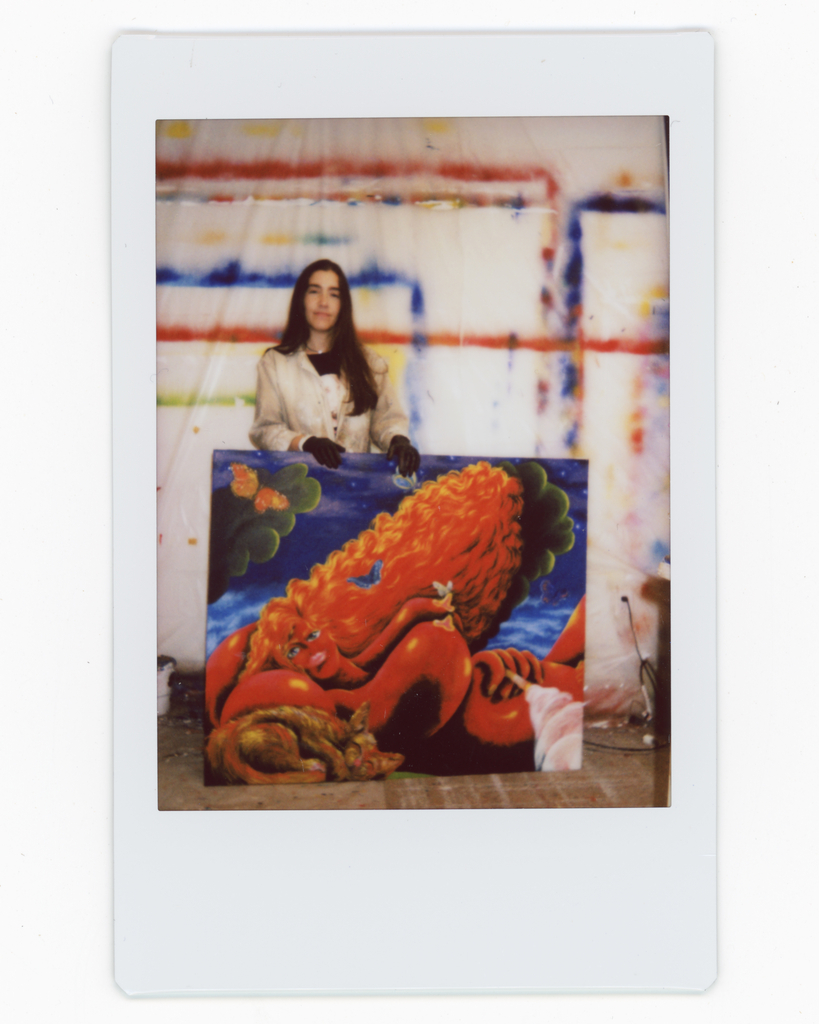
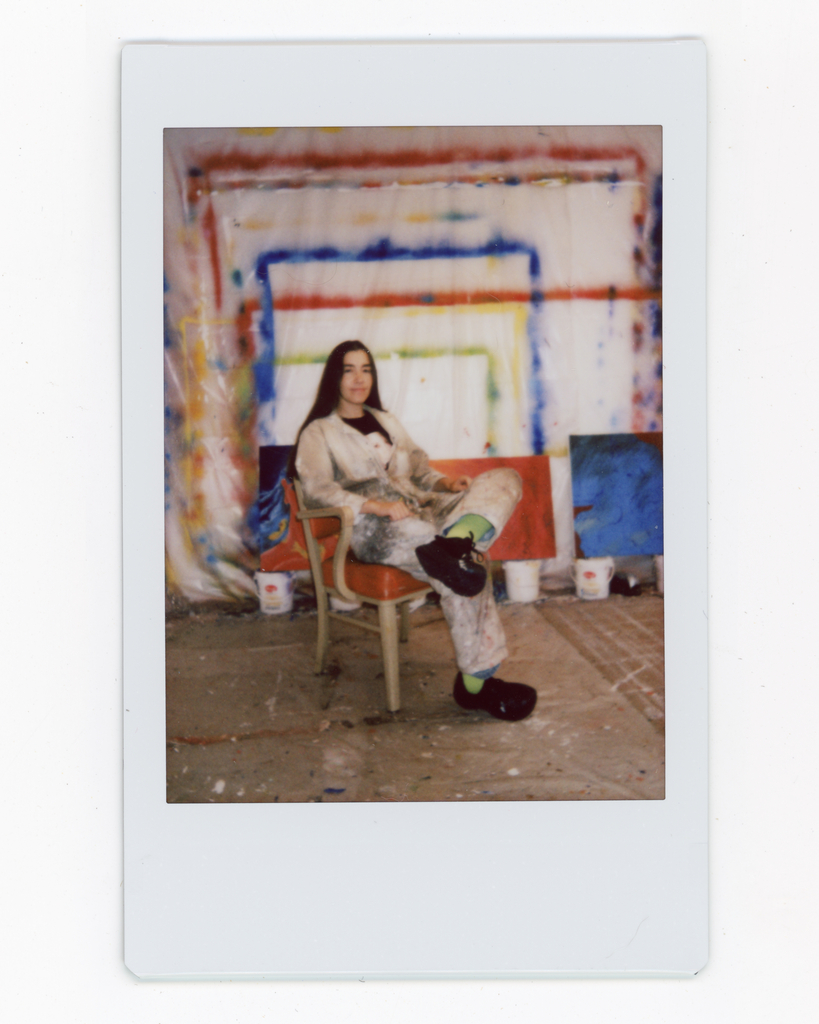
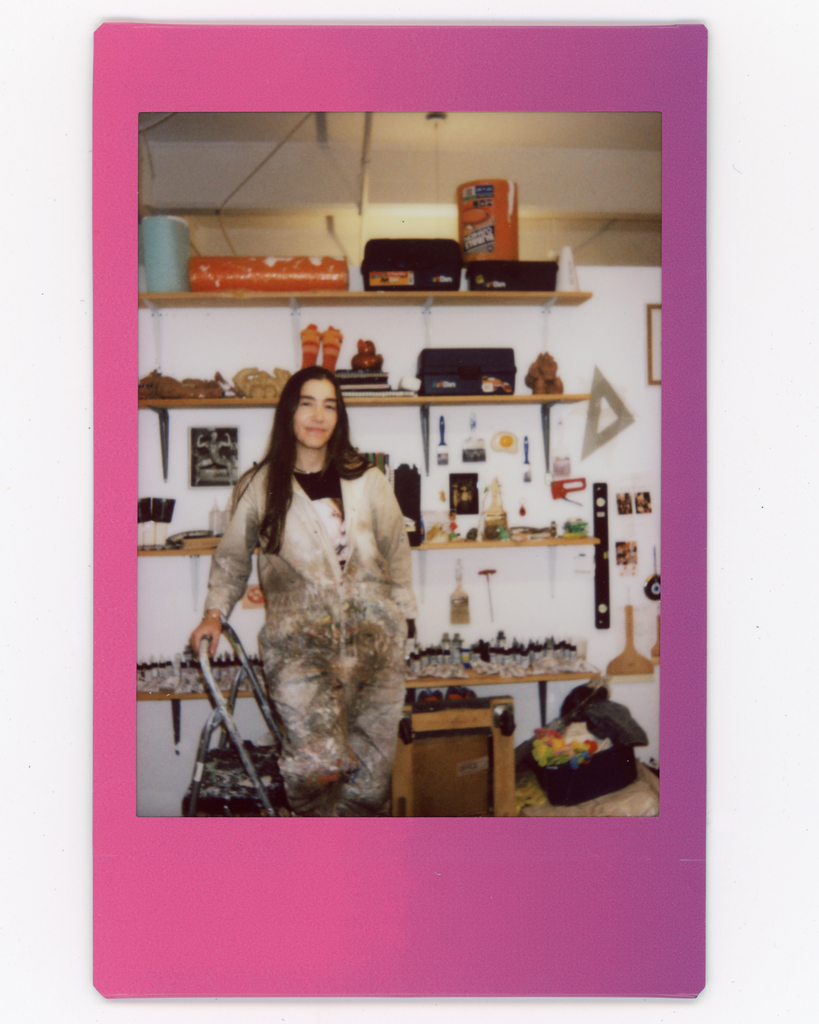
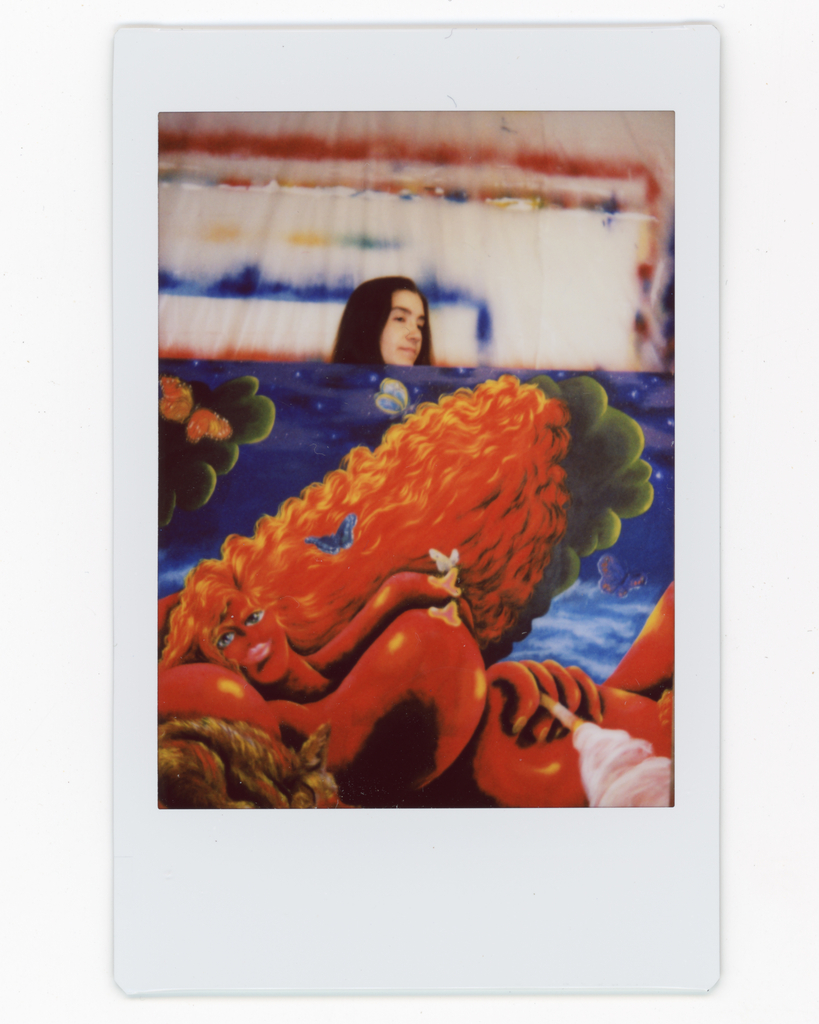
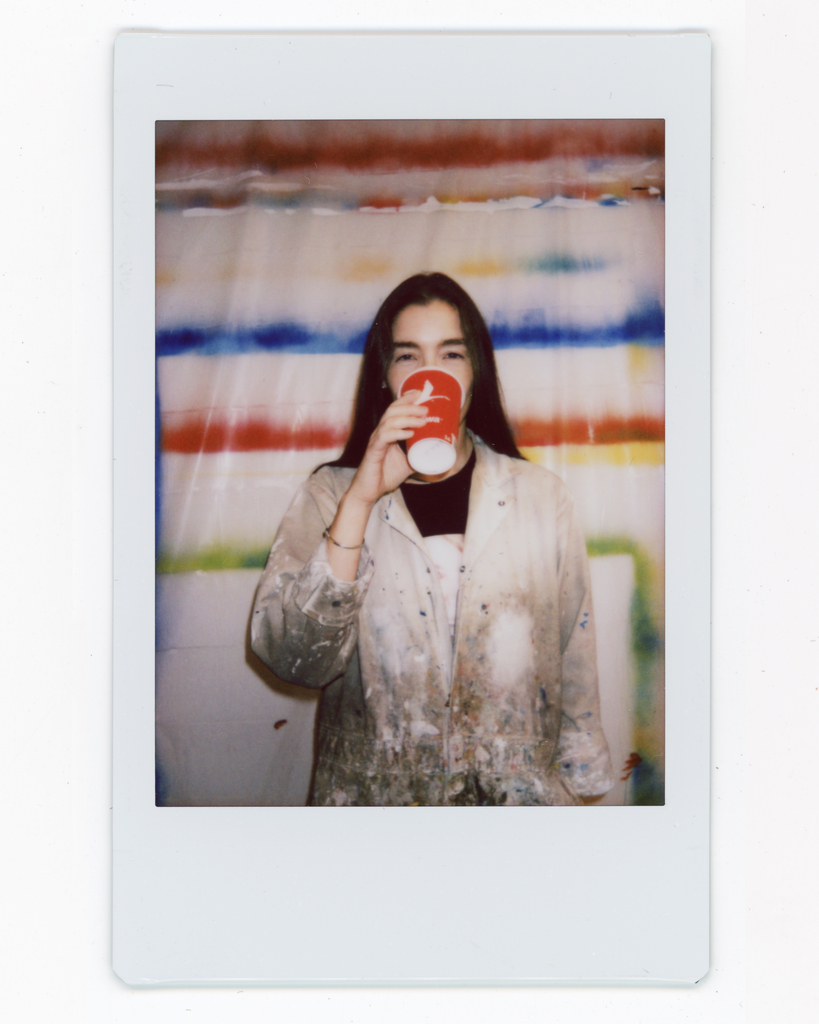
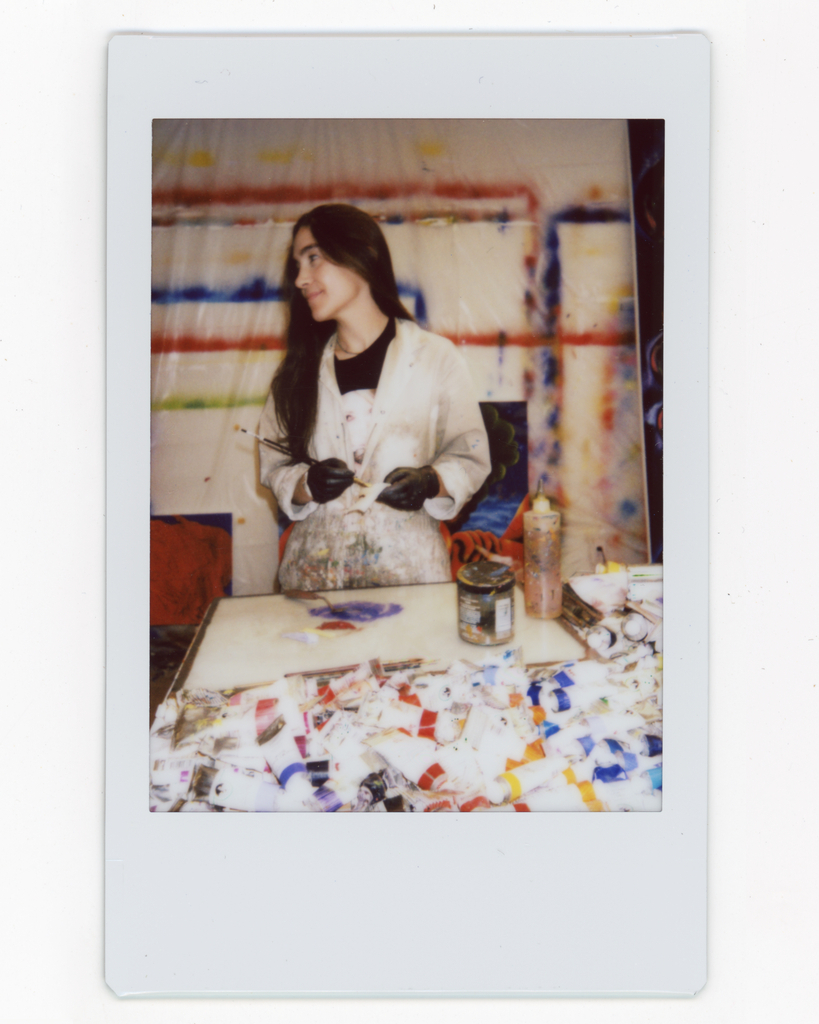
How Ana Benaroya Got Started as an Artist
Playboy: How did your passion for art ignite?
Ana Benaroya: I’ve always loved art. I’ve been drawing since I was a little kid. As a little girl, I was a huge tomboy and I was obsessed with comic books. I collected action figures and would draw horses, superheroes, and athletes. I think it was just something I became interested in from the beginning. Eventually, my classmates would say things like, “Oh, you could draw that? Can you draw this for me?” And, I realized it was also a way for me to connect with people. I just became more and more interested in art.
I was always taking extra art lessons and I, initially, wanted to become an illustrator. I think a lot of my initial inspiration was commercial art—the printed page, posters, comics, and advertising. So, I initially worked as an illustrator, studied that, and did that for 10 years.
I was very interested in art history as well, so I studied that and minored in it. But, I eventually became more involved in my own self-guided projects. And that’s when I decided to take the time to apply to grad school and officially learned more about painting, which my current focus. So, that’s kind of how I landed where I am.
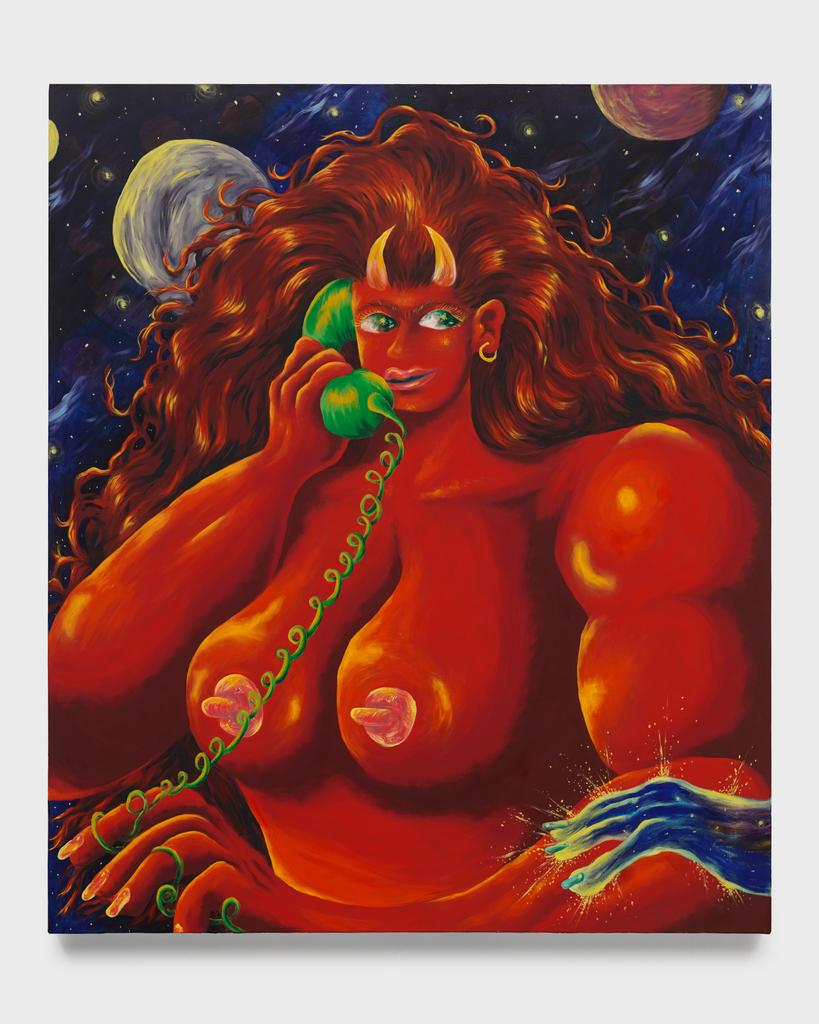
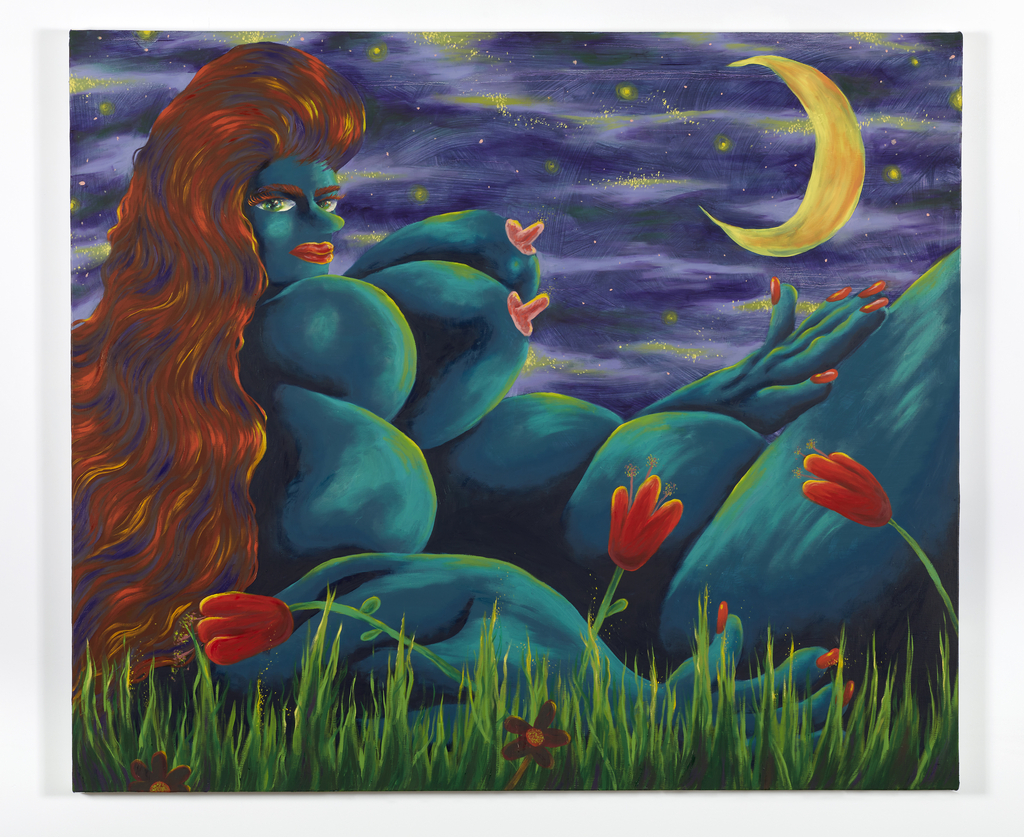
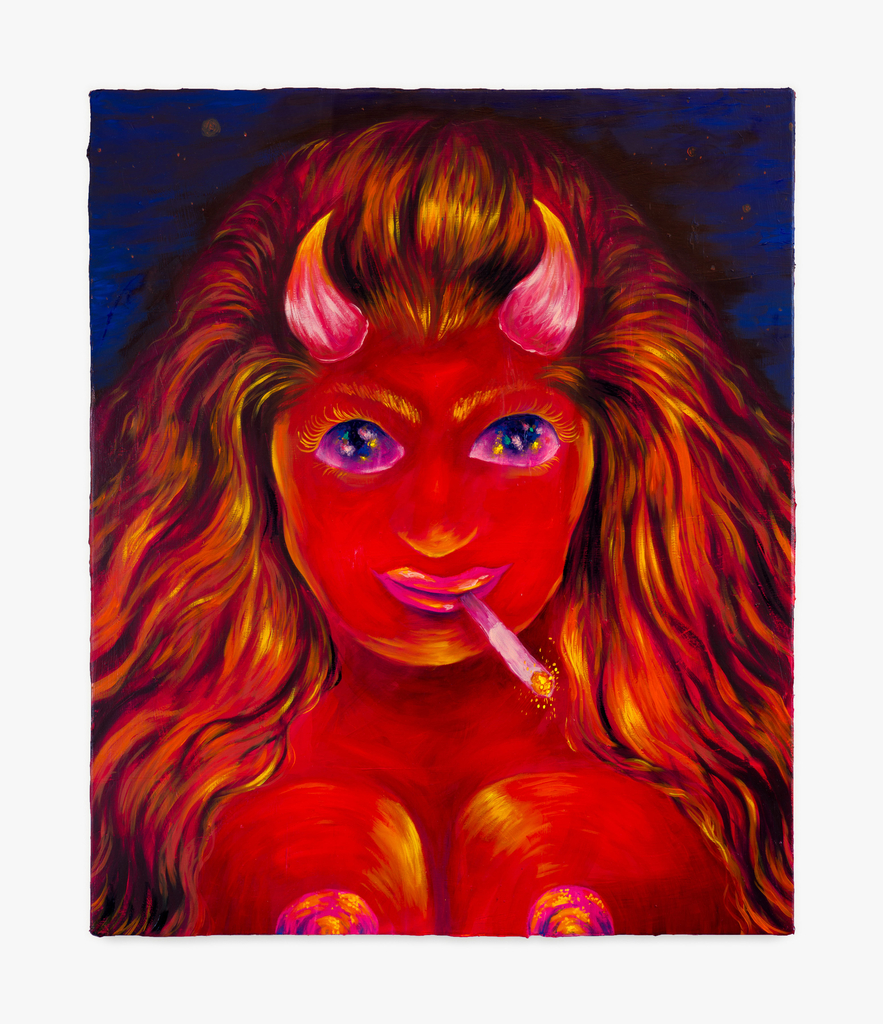
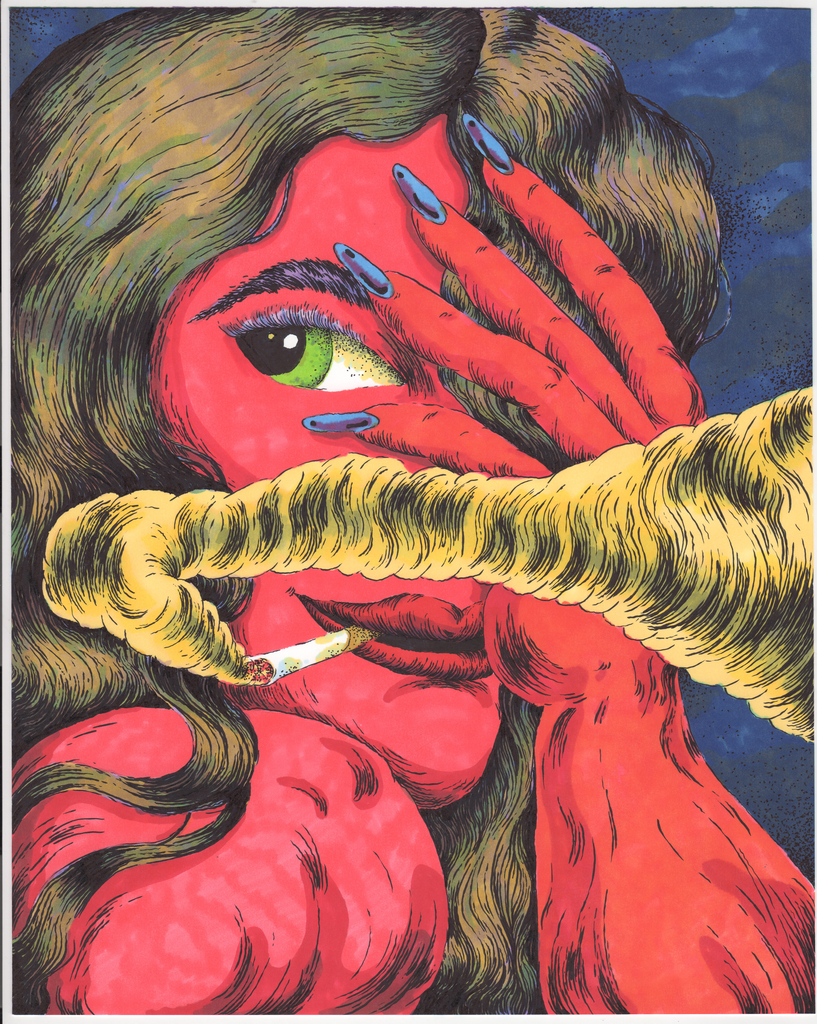
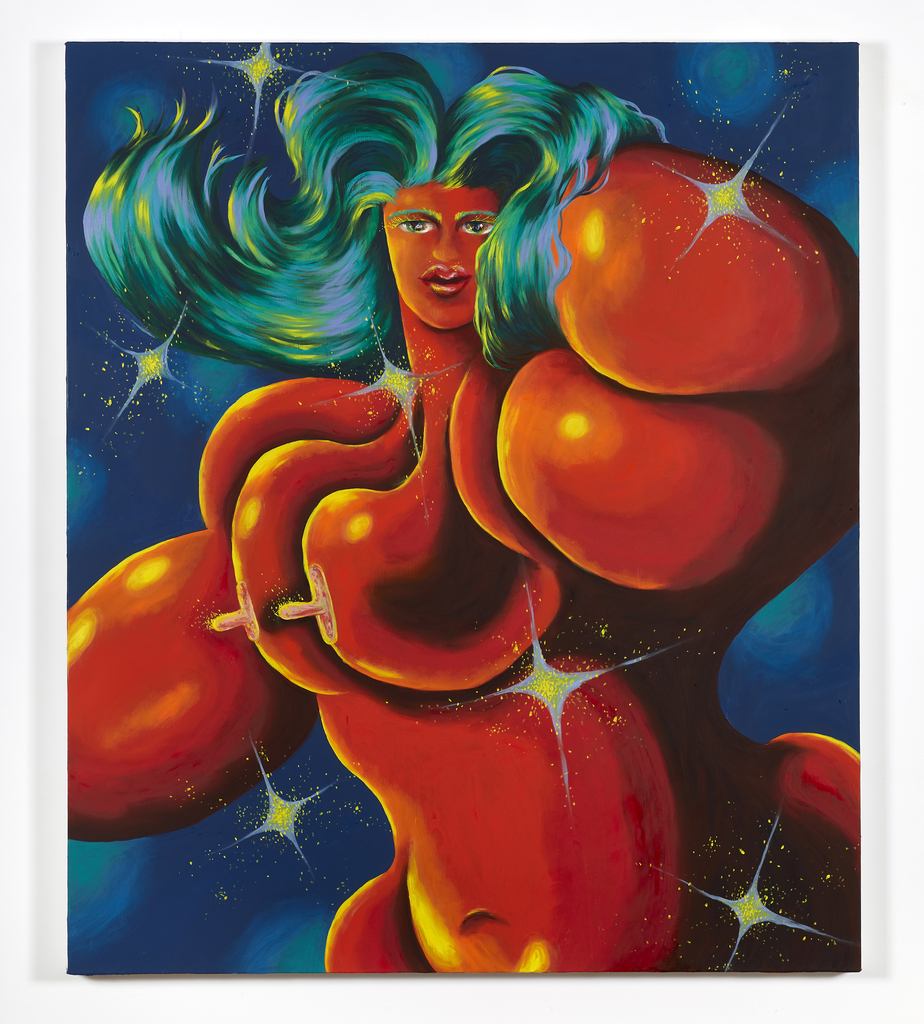
Developing Her Style
Playboy: How did you develop your personal artistic style?
Ana Benaroya: I pretty much learned by copying from comic books and cartoons. I learned how to draw and became obsessed with the muscular superhero male body. As a kid, you’re not very self-reflective—but like looking back on that, I think I really wanted all the drawings I made to look like a boy created them. I wanted nobody to be able to guess that a girl drew it. It kind of sounds horrible, but yeah. That’s the truth. So I became very interested in what would be traditionally considered “boyish art” with a masculine aesthetic. I, myself, was genuinely interested in those types of things. So I would say it all started there.
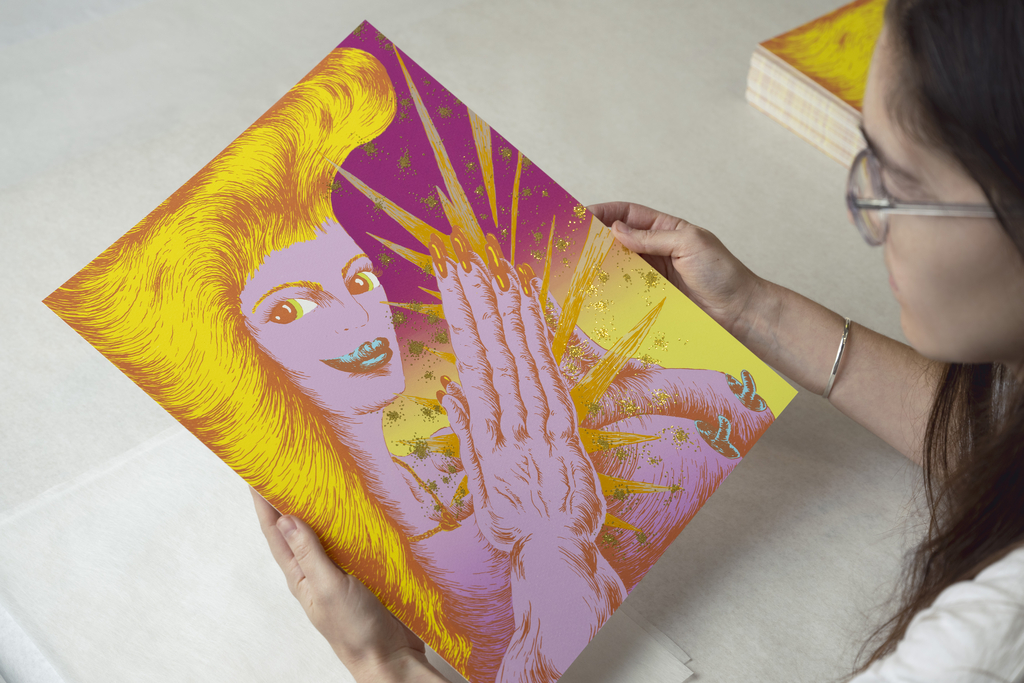
Exploring the Intersection of Sex and Culture
Playboy: How does your art explore the intersection of sex and culture?
Ana Benaroya: Big question. Clearly, my entrance into making art was through my fascination with the human body and I feel like I’ve always identified very deeply with the figures I depict—both the masculine and feminine aspects.
I’ve started thinking more deeply about just how ubiquitous the female nude body is throughout art history, popular culture, and obviously in Playboy. And, I just started thinking if there is a way that I could depict the female body in a way that they’re not objectified, but empowered instead. I try to portray them as self-possessed, and the fact that they’re presented nude is almost a side point—it’s not the main point.
Another factor, or something that I think about a lot, is the invisibility of lesbian desire. That’s an interesting challenge because, as a lesbian, I find that a lot of like the sexualized imagery of women exists for male pleasure. And so, inevitably, I digest all of that and try to find a way to create this empowered female body that is also still blurry, beautiful, and kind of even grotesque at times. So, my work deals with those two things.
Playboy: I wonder if you focused so much on wanting others to think that you were a man behind the male bodies that you were drawing as a connection to lesbianism in some capacity.
Ana Benaroya: I mean, I don’t think I thought that at the time, but yeah—I think there’s something there. Maybe not as a little kid, but certainly as I started to enter middle school and high school and I was trying to figure out who I was, for sure. I really identified with those male figures, despite also identifying as a woman. Through the drawings and paintings that I’ve made, I feel like I was able to connect with these male storylines that felt more true to who I felt as a person on the inside.
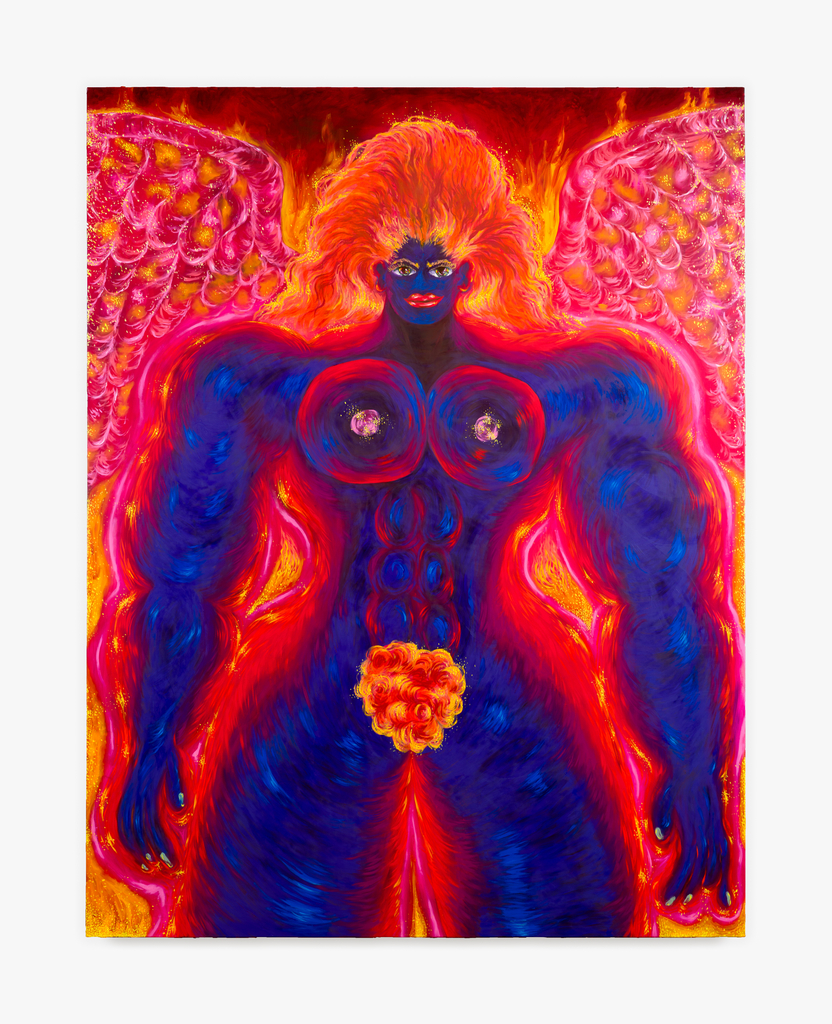
Ana Benaroya on Her Inspiration
Playboy: Where do you pull inspiration from when creating a new piece of art?
Ana Benaroya: It’s a mix of my own imagination, which I think is always important to me. I view my imagination as this place to escape. It’s a place where I can take all the input of reality and hopefully do something productive with it in my brain. I try to reinterpret it all in a way that feels like some sort of transformation that leaves me feeling more empowered, more calm, and more productive.
But, I’m also constantly looking at other artists’ paintings and looking at photos of women. I like to look at pictures of Hollywood starlets and singers from the ’50s and ’60s. I like looking at examples of extreme femininity. Oftentimes, I will take the poses or ways that they they’ve been posed for a photo. I find it fascinating because I feel like I’ve never naturally felt inclined to present myself in that way.
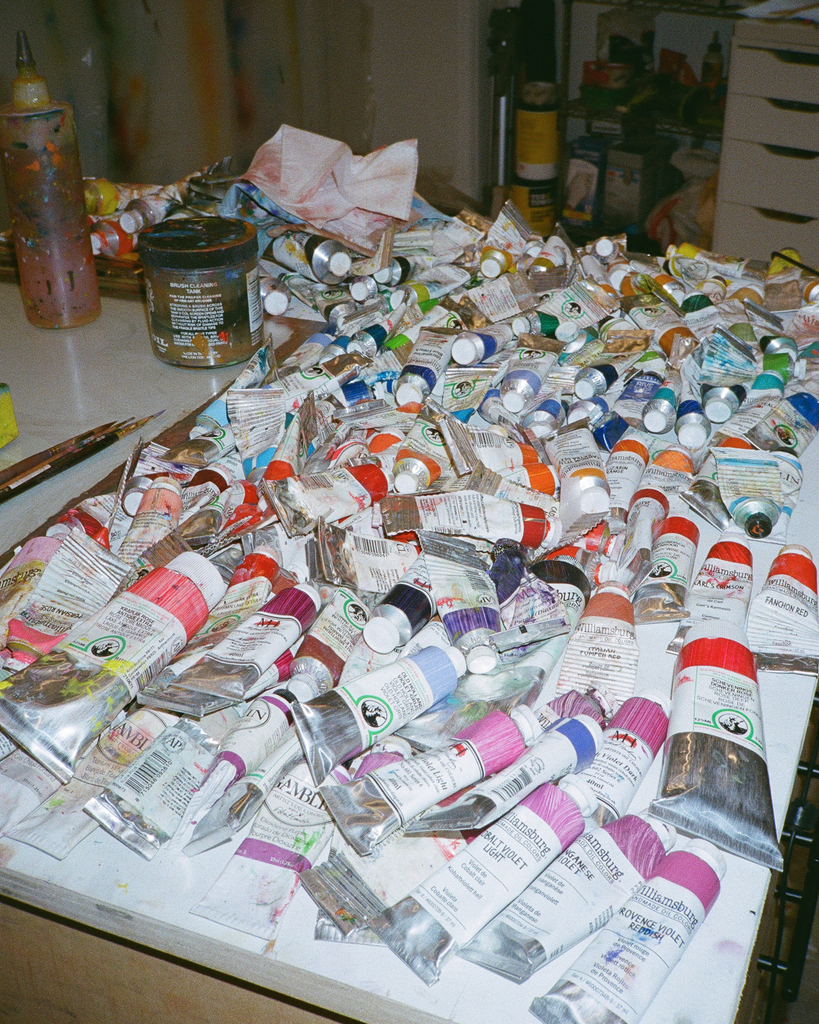
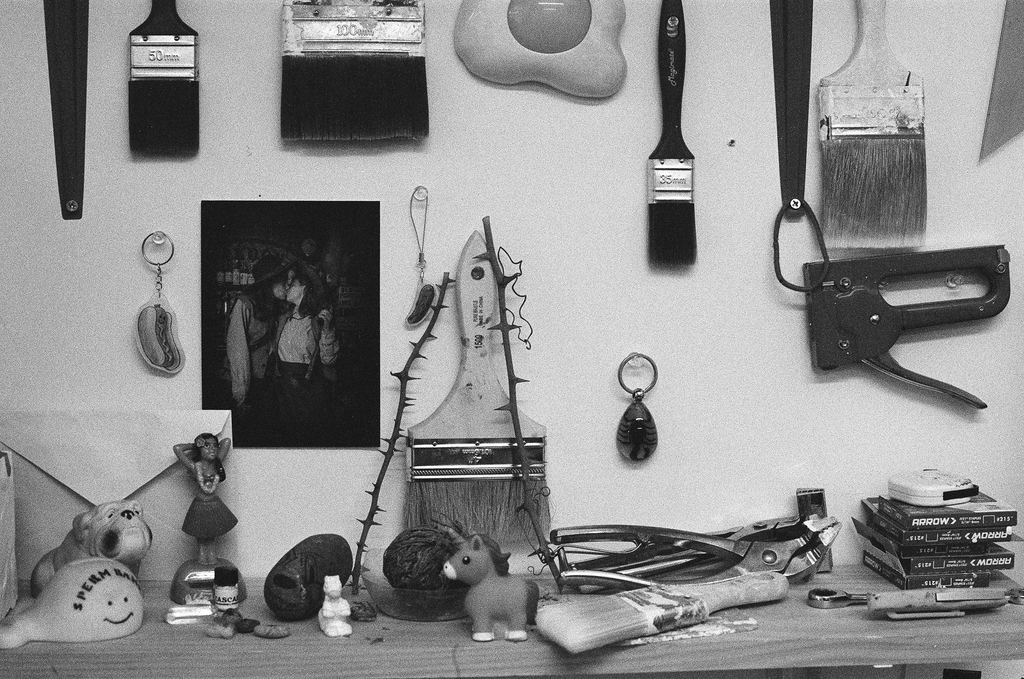
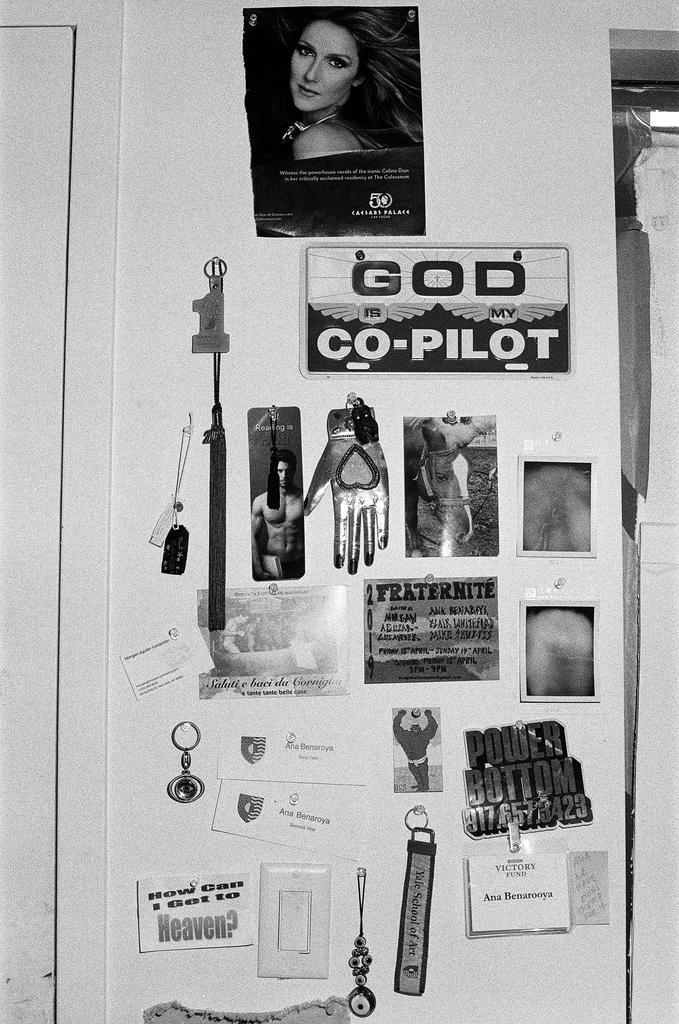
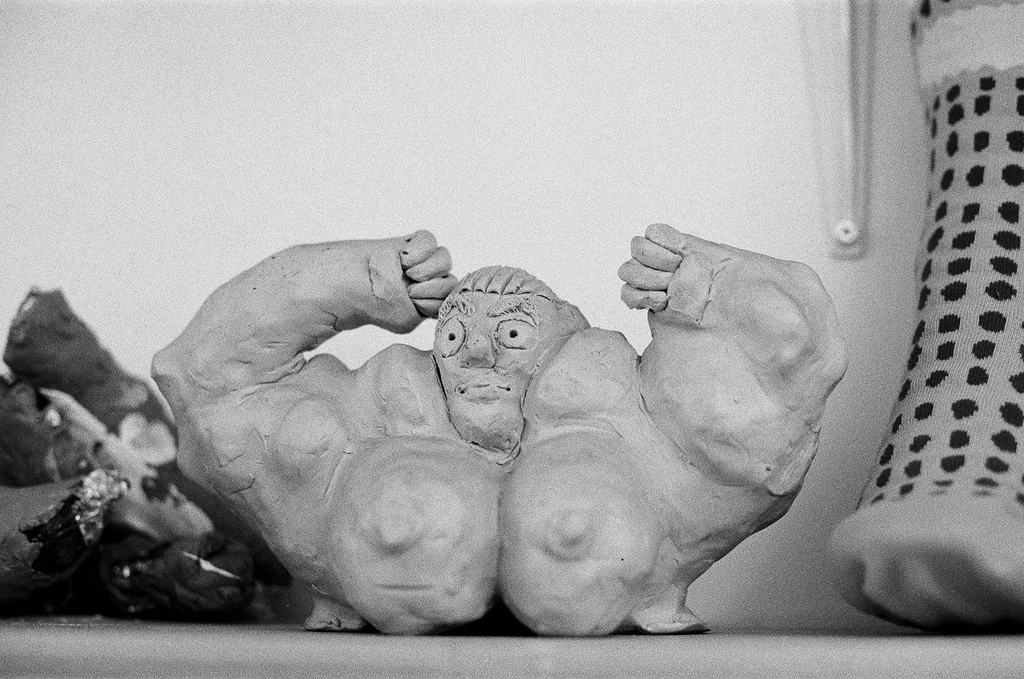
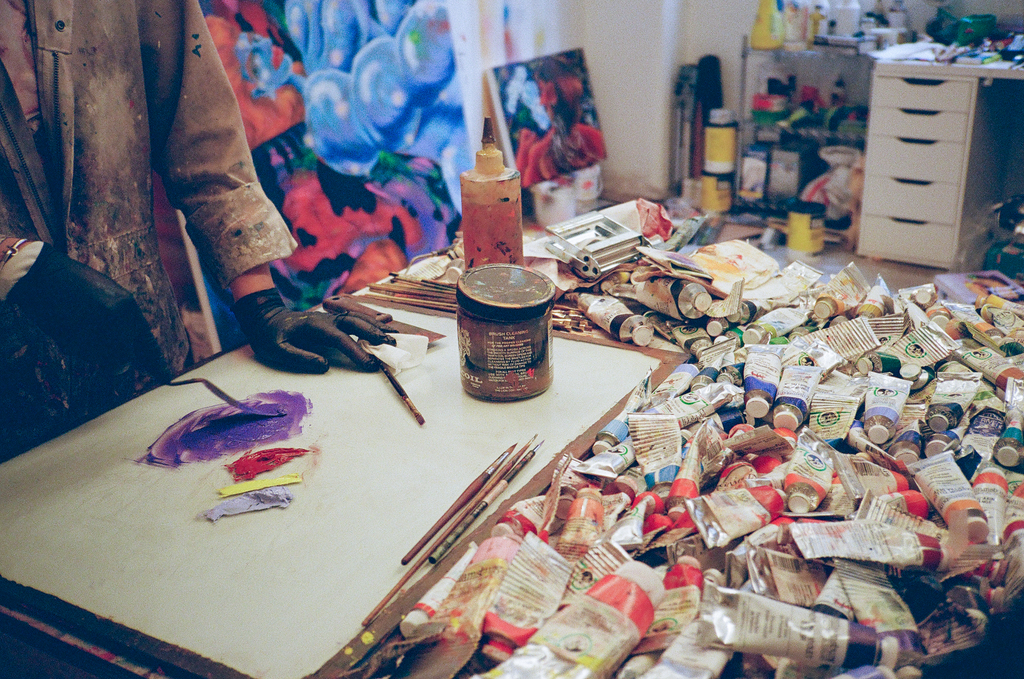
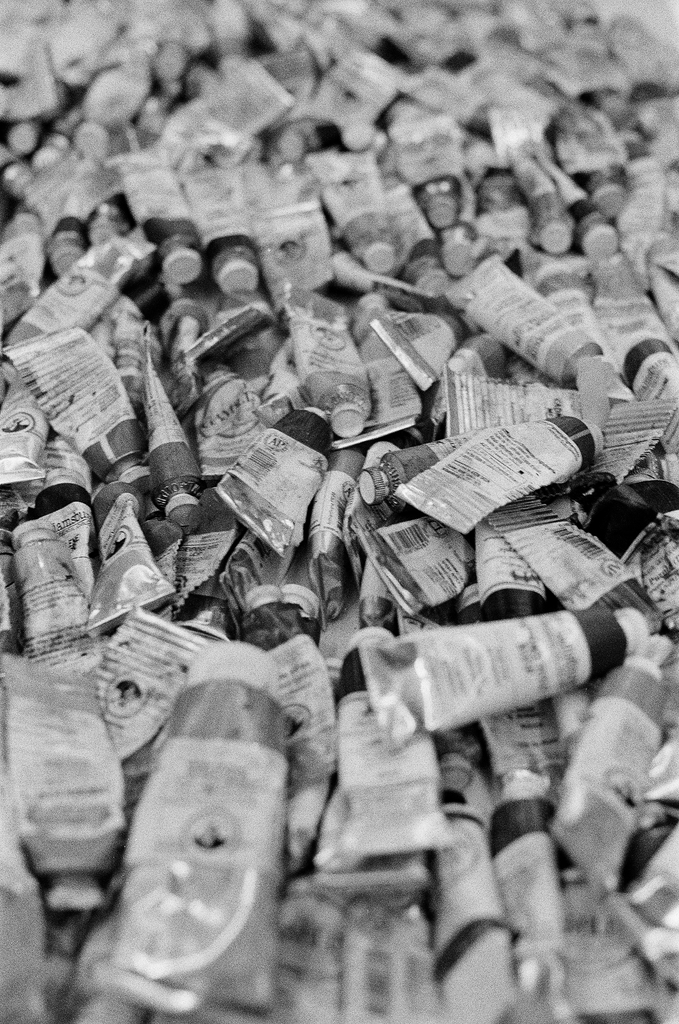
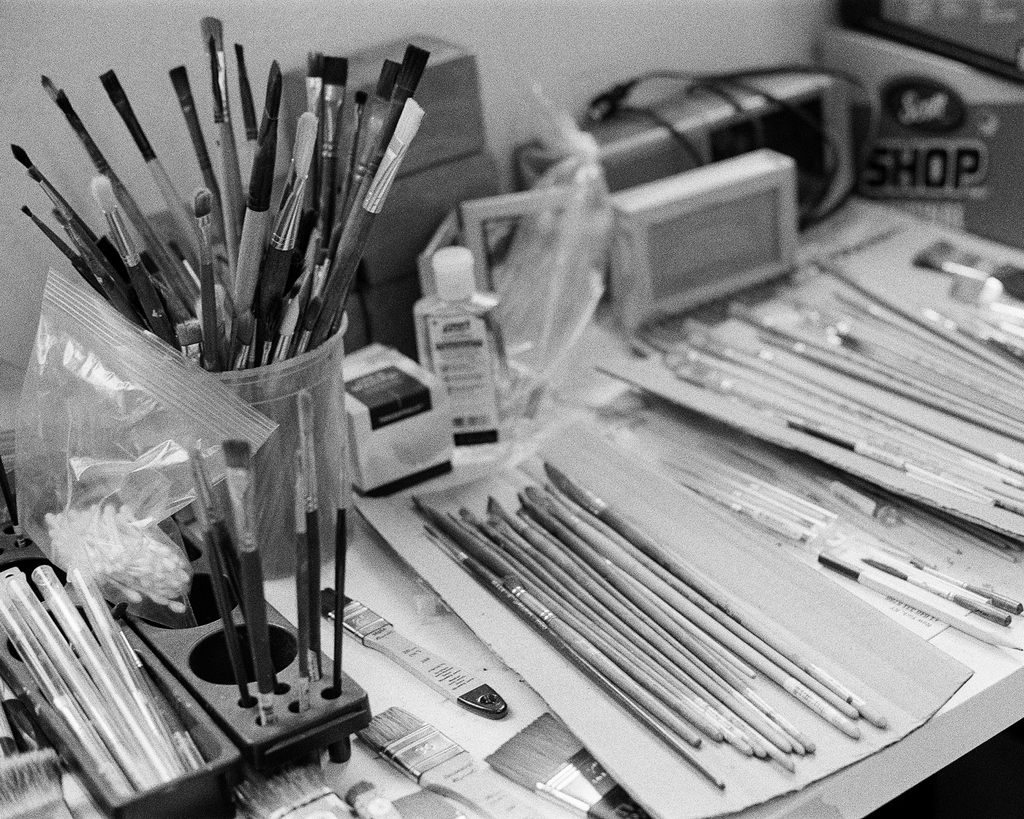
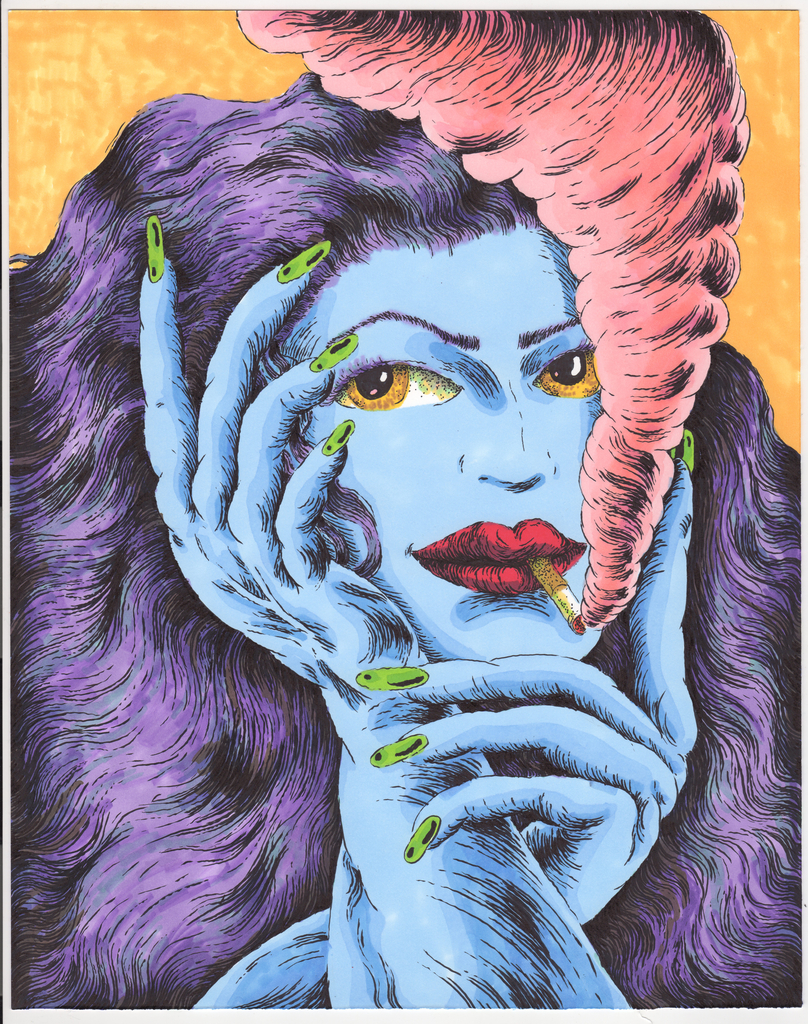
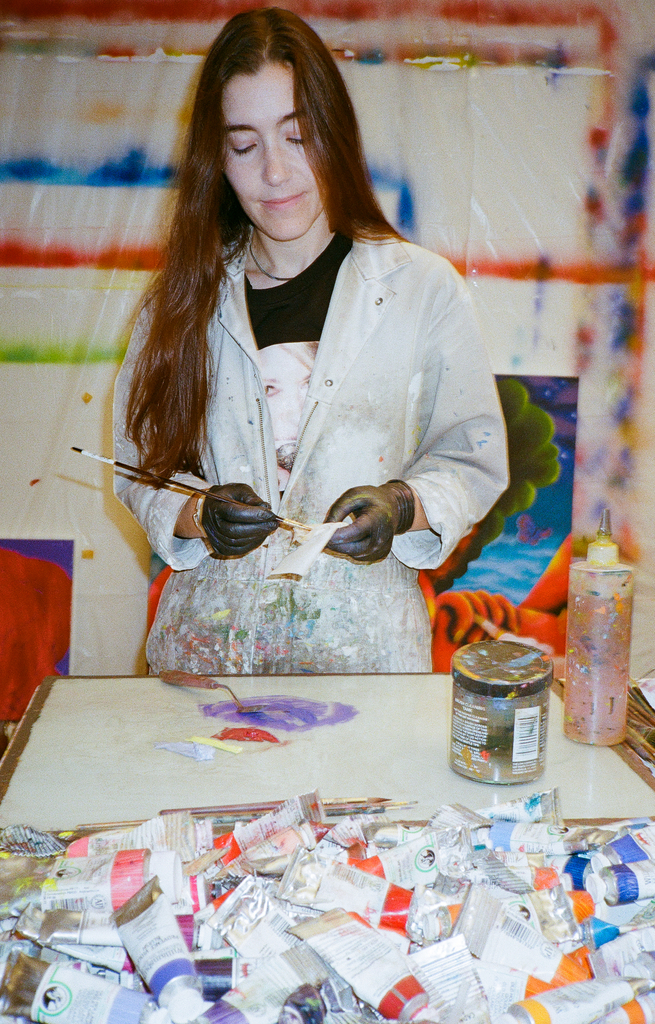
Ana Benaroya’s Proudest Work
Playboy: What piece of art are you the most proud of?
Ana Benaroya: The first thing that comes to mind is the ceiling painting I did two years ago. An artist named Carsten Höller opened a restaurant in Stockholm, Sweden, and contacted me about doing this mural for the ceiling. It’s 12 feet by 12 feet, which is the biggest painting I’ve ever done. It took me about three or four weeks to finish.
It was so big that it didn’t fit on any of my studio walls, so I had to work on the floor. It was a composition that had to work from every angle, so no matter where you were sitting in the restaurant it like made sense. I love how he installed it in the restaurant. I was able to travel and eat there, which was really cool. It’s also cool to know that it’s out in public and people can see it.
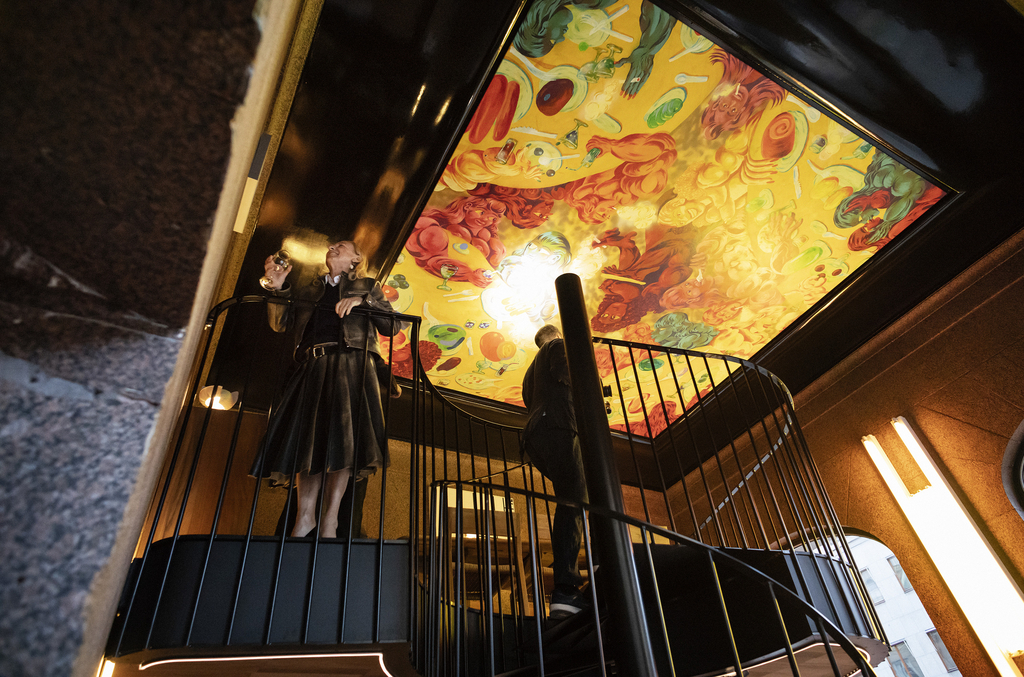
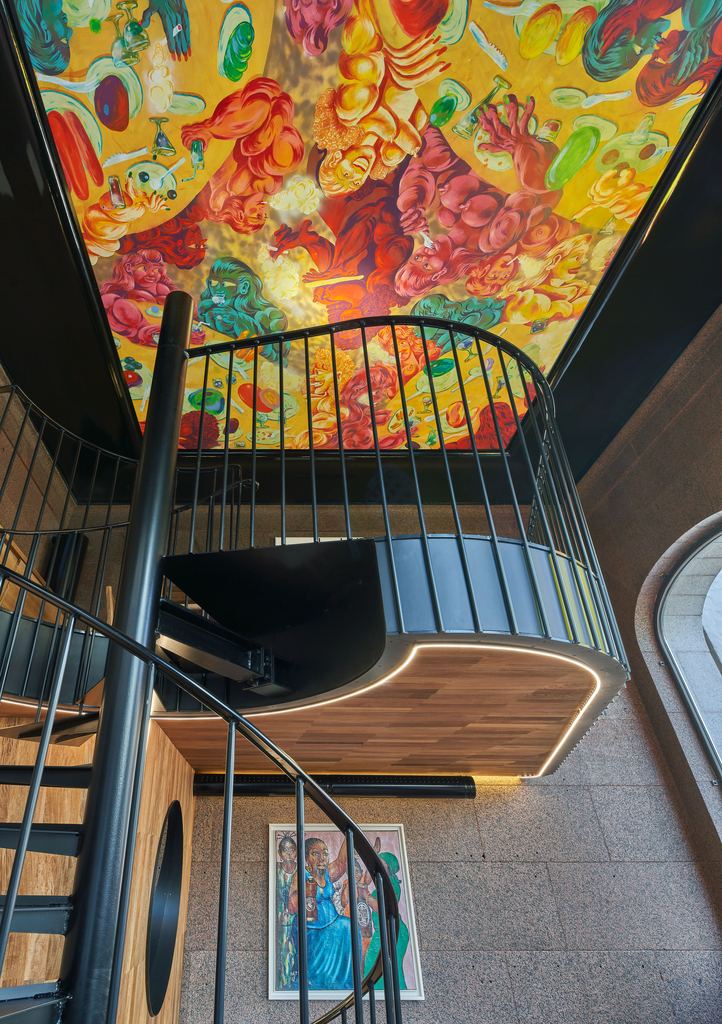
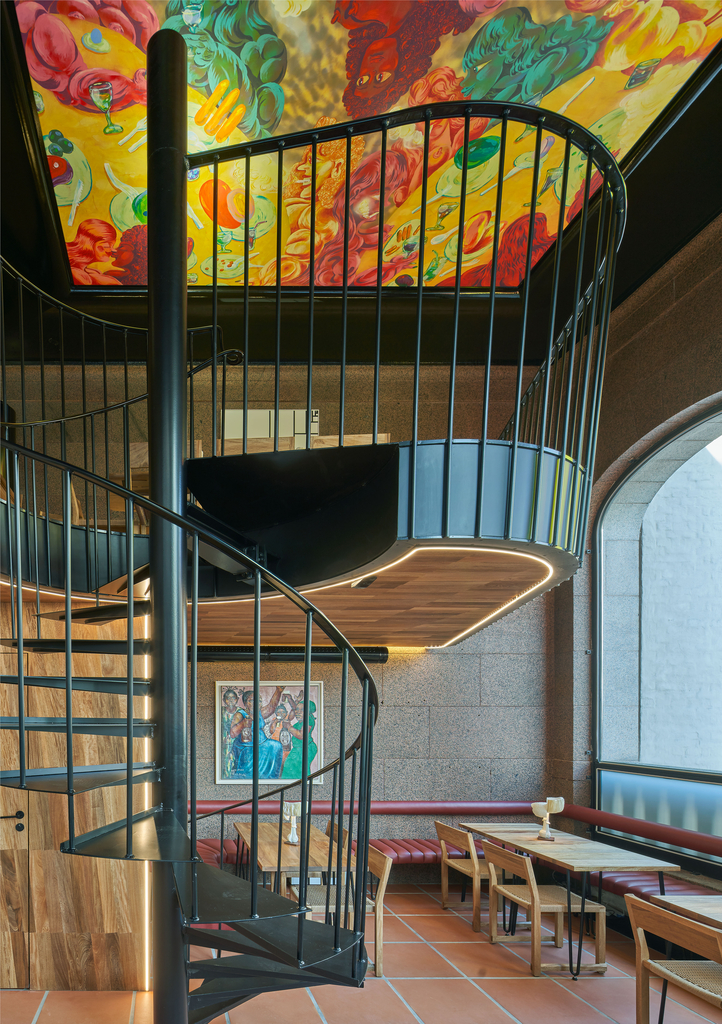
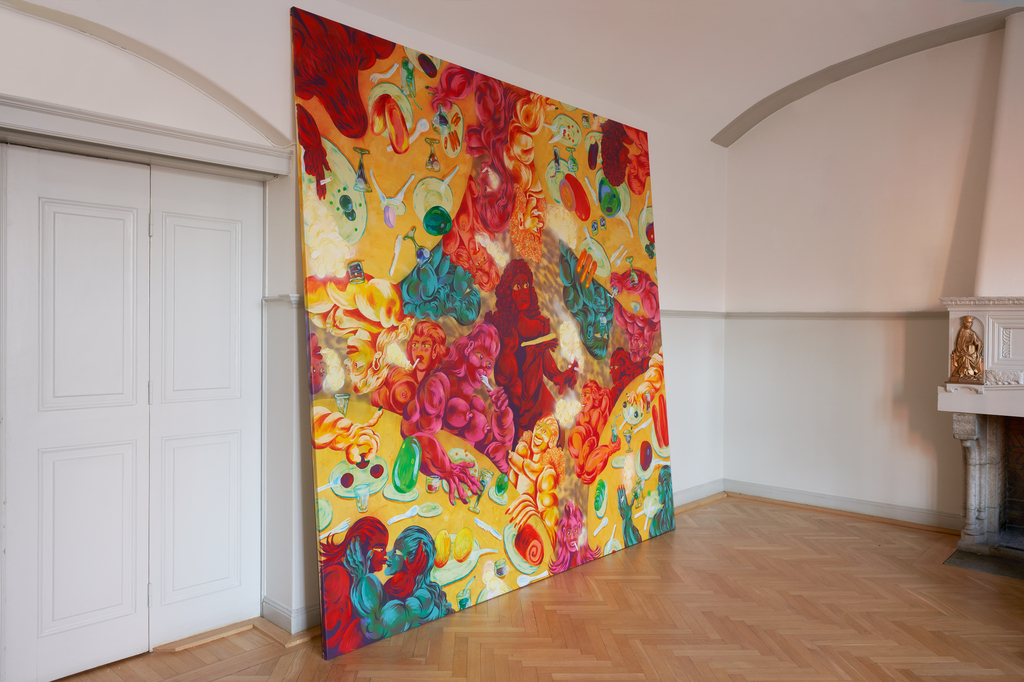
Want to read more about interesting artists? Check out this story on 3D animators and illustrators Rob and Robin.